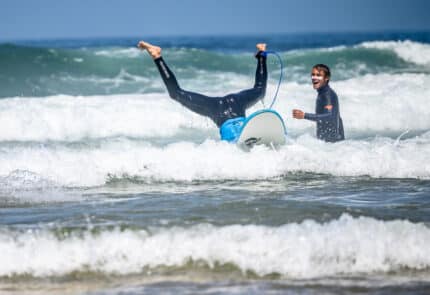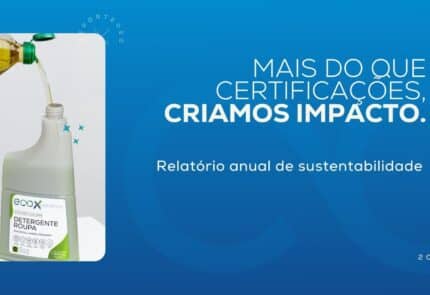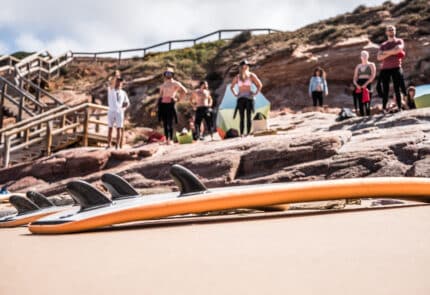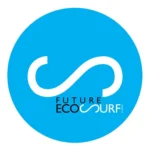Get to know adaptive surf!

In this article we would like to introduce you to adaptive surf.
There are no physical barriers that can stop you catching a wave!
The healing power of the sea and swell is undeniable. And whether it’s the first time or a return to surfing after a life-altering injury, riding waves can be a powerful way to gain independence, self-confidence, and generally improve quality of life.
People with disabilities love riding waves even though it might be a little different. Adaptive surfing can be done while sitting on the board with the athlete using a paddle to get in front of the wave. Alternatively, riders stay laying on their stomachs kind of like boogie boarding. Some surfers can even get themselves into a standing position with the help of adaptive equipment.
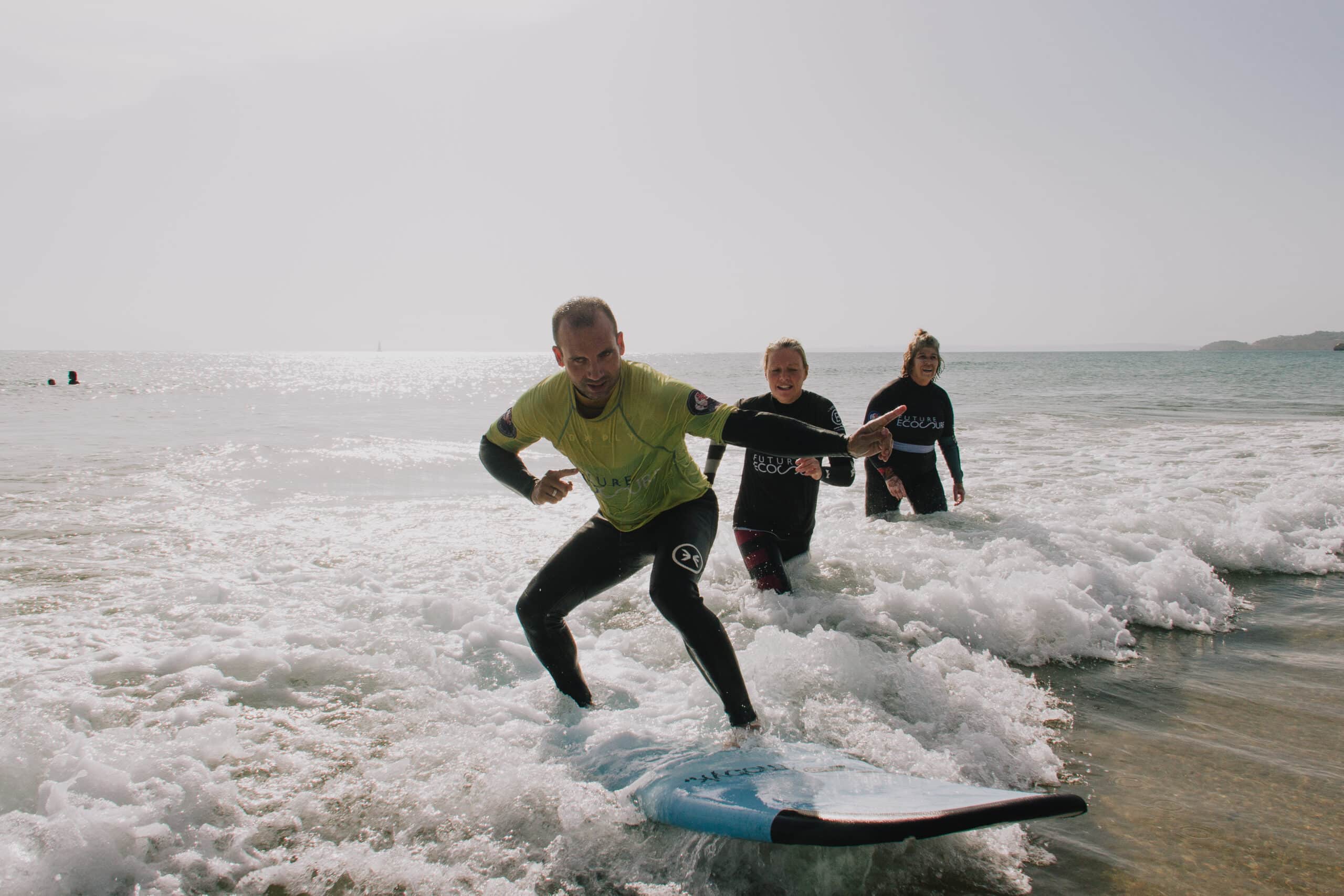
With the rise of adaptive advancements including prosthetics, wetsuit and surfboard modifications, anybody with any impairment or physical disability can experience surfing.
For many years around the world there have been surfers that have had to overcome some sort of disability to be able to get back into the ocean and surf. These surfers have proven themselves to be resilient and creative. Adapting their own techniques and equipment to achieve this with help from their friends in the surfing community.
Like regular surfing, adaptive surfing involves the surfer paddling out and riding a wave towards the shore. Adaptive surfing can occur wherever there are suitable waves. This is mainly in the ocean however can also be done in lakes, river and through artificial waves.
Surfing requires the use of a surfboard. Adaptive surfing allows for modifications to be made to the surfboard so that it can be properly used and safe for the surfer.
Who can SURF on adaptive competitions?
Impairment Type
To compete, athletes must have a physical or visual impairment. Athletes must have a classification to compete.
Classification
Adaptive Surfing has 6 divisions:
AS 1 (Stand/Kneel – Upper Limb Amputees, BK Amputees)
AS 2 (Stand/Kneel – Kneel, AK Amputees)
Visually Impaired
Upright (Waveski)
Prone
Assist
Each division has specific classifications that are required in order to be eligible to compete.
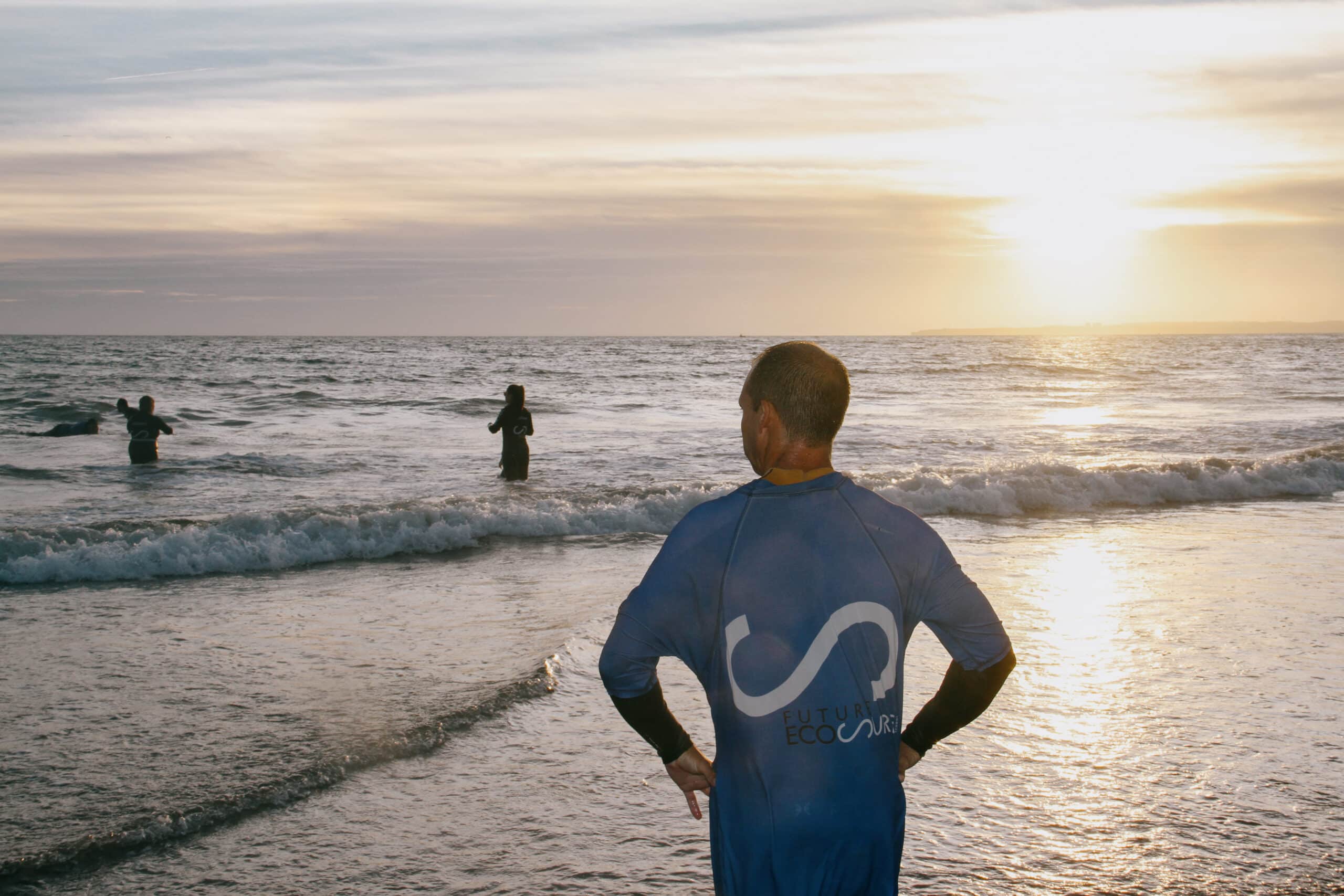
How Do I Get Classified?
The ISA Adaptive Surfing Classification Review Committee will review each participant’s application and evaluate eligibility for adaptive surfing events.
Brief History and Future Progress
The International Surfing Association (ISA) has been promoting adaptive surfing since 2015. The ISA World Adaptive Surfing Championship happens every year in La Jolla, San Diego, California, and is only growing in popularity. Not only are there more participants every year at the para surfing competition, but spectators are also coming out to support and watch amazing feats of athleticism.
The ISA continues to bid for adaptive surfing to be included in the Paralympics. The hope is for adaptive surfers to compete in the 2028 Tokyo summer games.
The following years more and more organizations are involved in the development of adaptive surfing such as our surf school Future eco Surf. Over the past 25 years, Future Eco Surf School has been doing continuous social work.

If you are willing to help or know of any project that you would like to see involved with surfing then get in touch with us .
Source: https://highfivesfoundation.org/adaptive-sport/surf/
